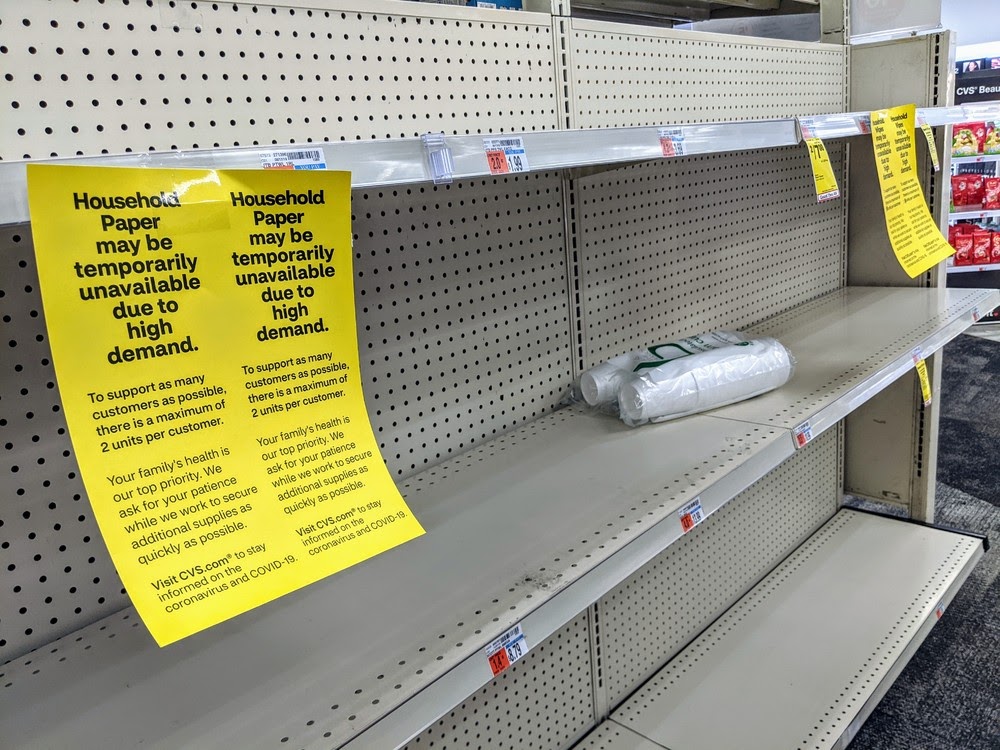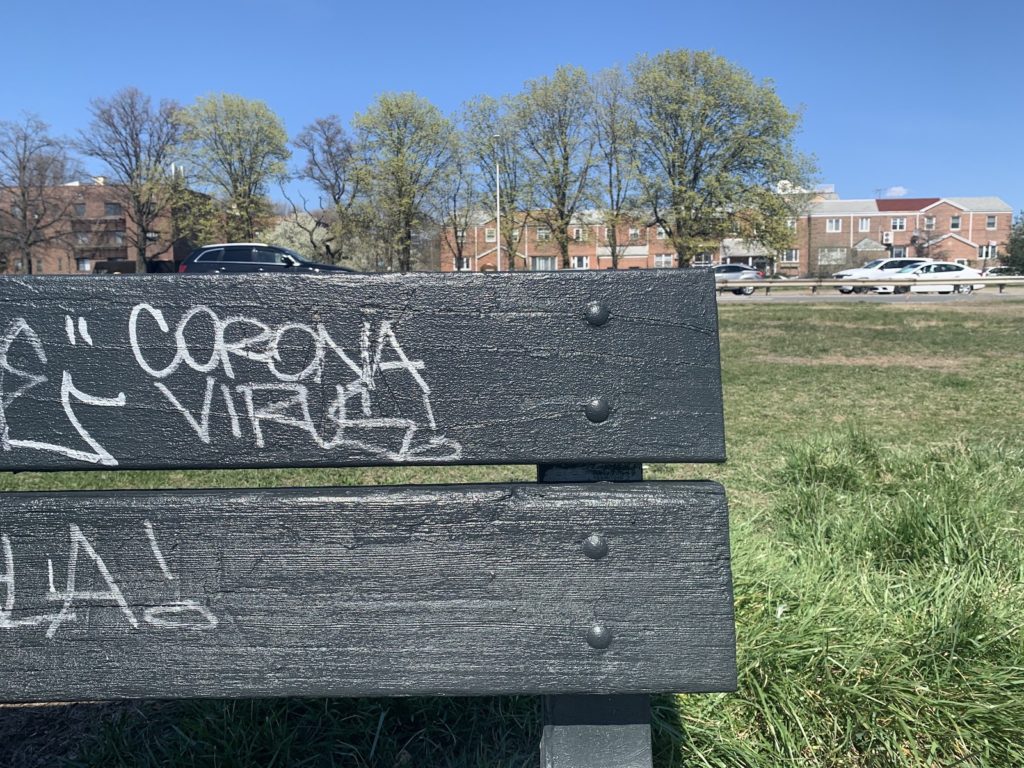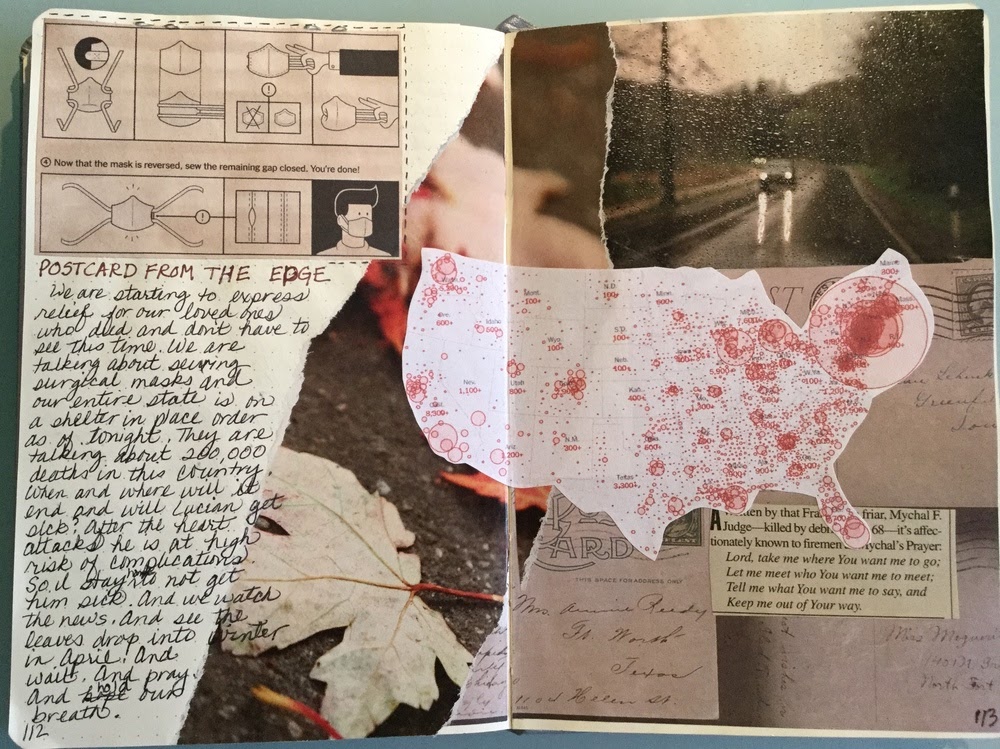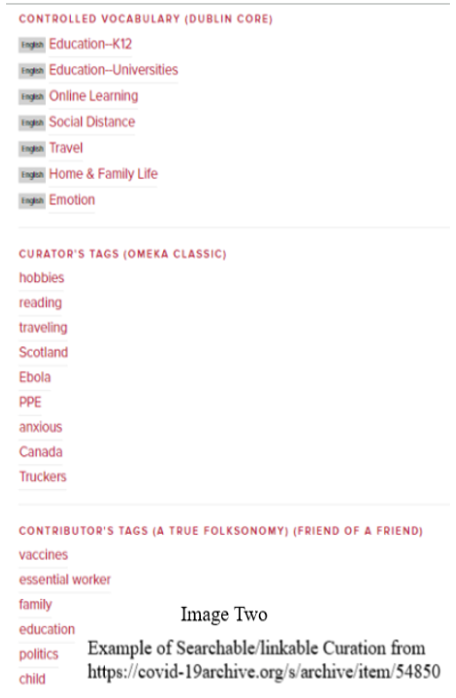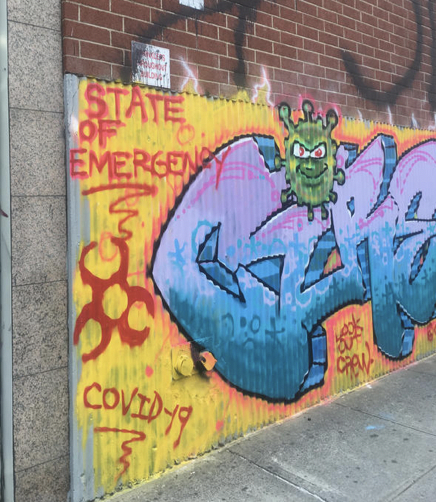From photos of empty store shelves to Facebook memes, the evolving digital and public archive on the Covid-19 pandemic showcases the multitude and diverse responses to this momentous time.
“I think this quarantine has taught people so much, there are so many factors that are significant to talk about. How Tik Tok has basically taken over social media, where people are dancing, baking, producing content where everyone can relate to because we are all stuck at home. When did this start?” an individual writes in a journal entry, uploaded to the ever growing archive of the Covid-19 pandemic.
When did this digital and public archive start?
On the week of March 13, after President Donald Trump declared a national emergency as the coronavirus swept through the country, Arizona State University Associate Professor Catherine O’Donnell sent an email out to her colleagues in the public history program at the School of Historical, Philosophical and Religious Studies, asking if “there’s a way public history can facilitate the creation — or students’ creation — of a repository of this strange time.”
Within minutes, Associate Professor Mark Tebeau, who leads the public history program, was in conversation and creating a growing network of historians and academic institutions. And by the end of the weekend, Tebeau had mobilized graduate students and a number of scholars across the globe in creating the digital and public archive, “Journal of a Plague Year: An Archive of COVID-19.”
The inspiration for the archive’s name came from Daniel Defoe’s 1722 novel, “A Journal of the Plague Year,” which documented the experience of the bubonic plague as it ravaged through London in 1665.
A curatorial collaboration between institutions, organizations, and individuals across the globe, and spearheaded by an ASU team of faculty and graduate students, this digital and public archive grows every day, collecting in real time. The archive website is modeled after the pioneering September 11 Digital Archive and the Hurricane Digital Memory Bank (created after Hurricane Katrina) and is collecting a number of items and ephemera.
The digital archive is collecting anything and everything, including written first-person accounts, photographs, videos, audio recordings, screenshots of the news, tweets, emails, Facebook posts and a variety of memes.
“The diversity of the content speaks to the fact that everyone can act as historians, chroniclers, and observers during this extraordinary time,” a report by the archive team states.
The archive is supported by the Public History endowment at Arizona State University, a fund endowed by Noel Stowe, the founder and long-time director of ASU’s public history programs.
Visitors to the website can upload their submission on the Share Your Story page.
